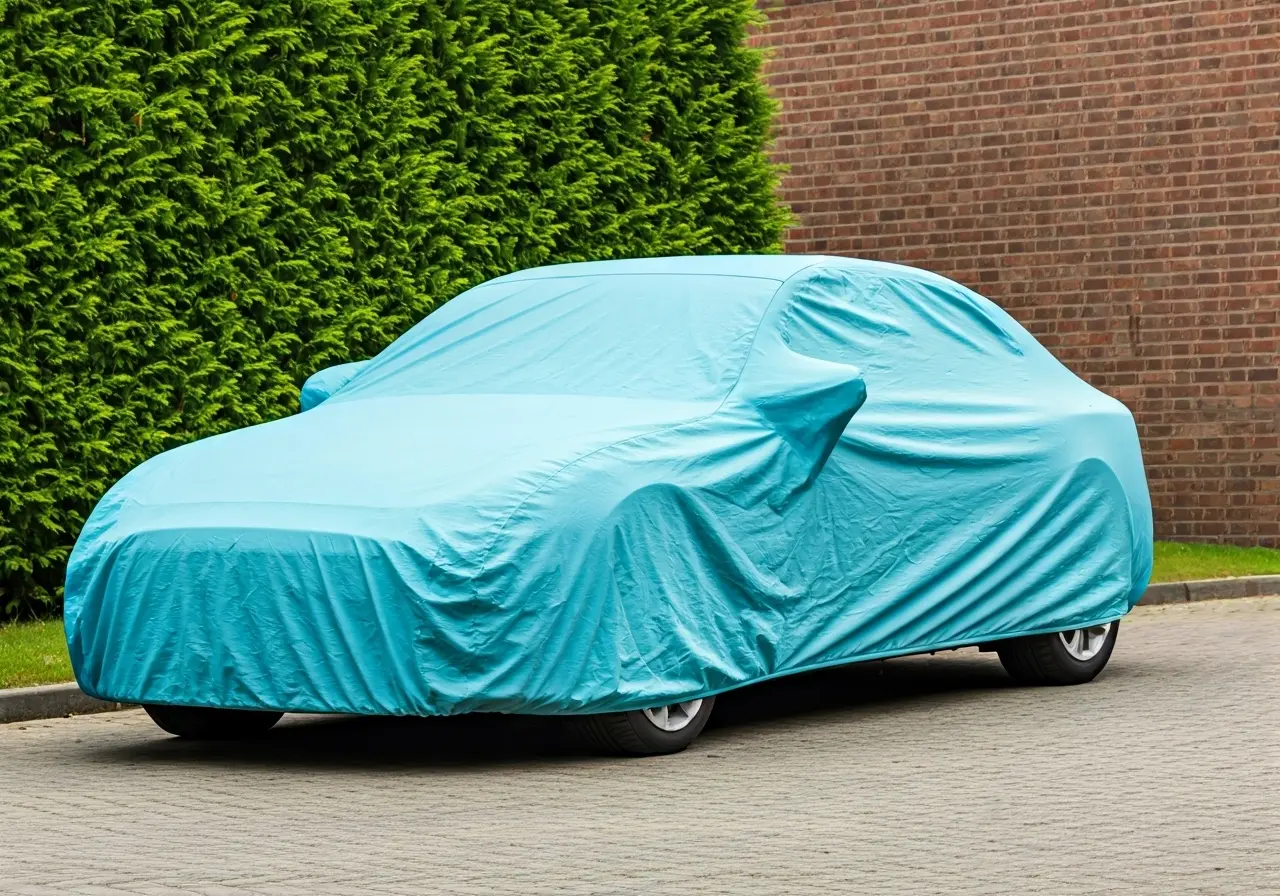

10 Essential Tips on How to Protect My Car in Lexington, NC
Owning a car in Lexington, NC, requires a bit of attention and care to ensure it stays in top condition. Whether you’re navigating through varied weather conditions or dealing with typical roadway challenges, knowing how to protect your car can save you from unnecessary stress and expenses. In this blog, we’ll explore ten essential tips that will keep your vehicle safe and sound.
1. Regular Maintenance is Key
Keeping up with regular maintenance checks is vital. This includes oil changes, checking fluid levels, and examining brakes. A well-maintained car is less likely to suffer from unexpected breakdowns.
Neglecting maintenance can turn minor issues into costly repairs. Ensure your vehicle undergoes routine inspections and addresses any potential issues promptly. Consistent engine check-ups and timely oil changes are critical to your car’s longevity and performance. Regular maintenance not only preserves the car’s functional components but also maintains resale value, should you decide to sell it in the future.
2. Protective Car Covers and Garage Use
Utilizing car covers or parking in a garage protects your vehicle from harsh weather conditions, like hail and UV rays, which are common in Lexington.
Don’t underestimate the power of a good car cover as a shield against environmental damage. It acts as a barrier not just from harsh weather but also from tree sap and bird droppings. When indoors, utilize breathable covers to prevent condensation buildup. If possible, prioritize garage parking, as it provides comprehensive protection from the elements and may even save you some money on insurance premiums.
3. Invest in Quality Tires
Tires are your car’s connection to the road. Regularly inspect and maintain them to ensure your car handles and brakes efficiently. Consider all-weather tires for added protection against the changing seasons.
The significance of investing in high-quality tires cannot be overstated. Properly inflated, high-grade tires guarantee optimal fuel efficiency and excellent vehicle handling. In addition to seasonal changes, tires should be rotated and aligned to minimize uneven wear. This task, while often overlooked, can significantly enhance driving safety and comfort.
4. Secure Your Car Against Theft
Installing an alarm system or steering wheel lock can deter potential thieves. It’s also wise to always park in well-lit areas and keep valuables out of sight.
Beyond alarms, consider advanced anti-theft technologies such as GPS tracking systems. Modern systems can help locate your vehicle in the unfortunate event of a theft. While securing your possessions, remove any valuables from plain view and consider additional window etching for vehicle identification. These small steps can make a significant difference in preventing unauthorized access to your vehicle.
5. Windshield and Wiper Care
Regularly check and replace your windshield wipers. A clear, undamaged windshield ensures better visibility and safety, especially during heavy rains.
A clean windshield is not just about aesthetics; it’s a safety concern. Ensure to clean it both inside and out to prevent glare, particularly when driving at night. Opt for premium washer fluids that resist freezing in colder months. Also, inspect for any chips or cracks, as they can enlarge with time and temperature changes, ultimately compromising the windshield’s integrity.
6. Paint Protection and Regular Washing
Regular washes remove dirt and grime that can lead to rust. Applying a high-quality wax or paint sealant adds an extra layer of protection against the elements.
Opt for hand washing over automated washes whenever possible. Automated brushes can lead to scratches if not well-maintained. Additionally, consider applying ceramic coatings for more evolved paint protection. A professional application might be costly upfront, but it can save you money on long-term paint repairs.
7. Check Battery Health
Ensure your battery is tested regularly, especially before the cold winter months. A car battery in good condition prevents inconvenient vehicle breakdowns.
Battery health extends beyond regular testing. Keep the terminals clean to prevent corrosion and ensure it’s securely fastened. In cooler climates, consider insulation pads to prevent cold weather from draining the battery. If your vehicle sits unused for extended periods, investing in a battery maintainer can prevent depletion and prolong its lifespan.
8. Proper Fluid Levels
Keep an eye on your vehicle’s fluids, including the coolant, brake fluid, and transmission fluid. Proper fluid levels contribute to a smoothly running car.
Regular fluid checks and changes are the backbone of vehicle endurance. Besides the essentials, don’t overlook power steering fluid and windshield washer fluid for optimal vehicular operation. These checks should be paired with a trusted mechanic’s advice to ensure the best performance results for your specific vehicle model.
9. Managing Minor Repairs Promptly
Don’t delay addressing minor issues such as small dents or engine noises. Early intervention can prevent more costly repairs down the road.
Addressing small repairs swiftly not only saves money but also extends your car’s lifespan. Use professional inspection services to identify underlying issues that might not be visible. Following an informed maintenance plan will mitigate risks and elevate your driving experience in terms of safety and comfort.
10. Avoid Overloading Your Vehicle
Excess weight can strain your car’s suspension, brakes, and alignment. Be mindful of your vehicle’s load capacity to avoid unnecessary wear.
Ensure you understand the payload capacity as defined in your vehicle’s manual. Overloading not only wears down essential components but also impairs fuel efficiency. Regularly unloading unnecessary items can help in maintaining optimal vehicle conditions and, importantly, ensure that your tires are not burdened beyond their capability.
Latest Posts


20 Facts About Winston Salem Window Tinting That Will Surprise You


How Can I Remove Car Paint Scratches in Lexington, NC?



